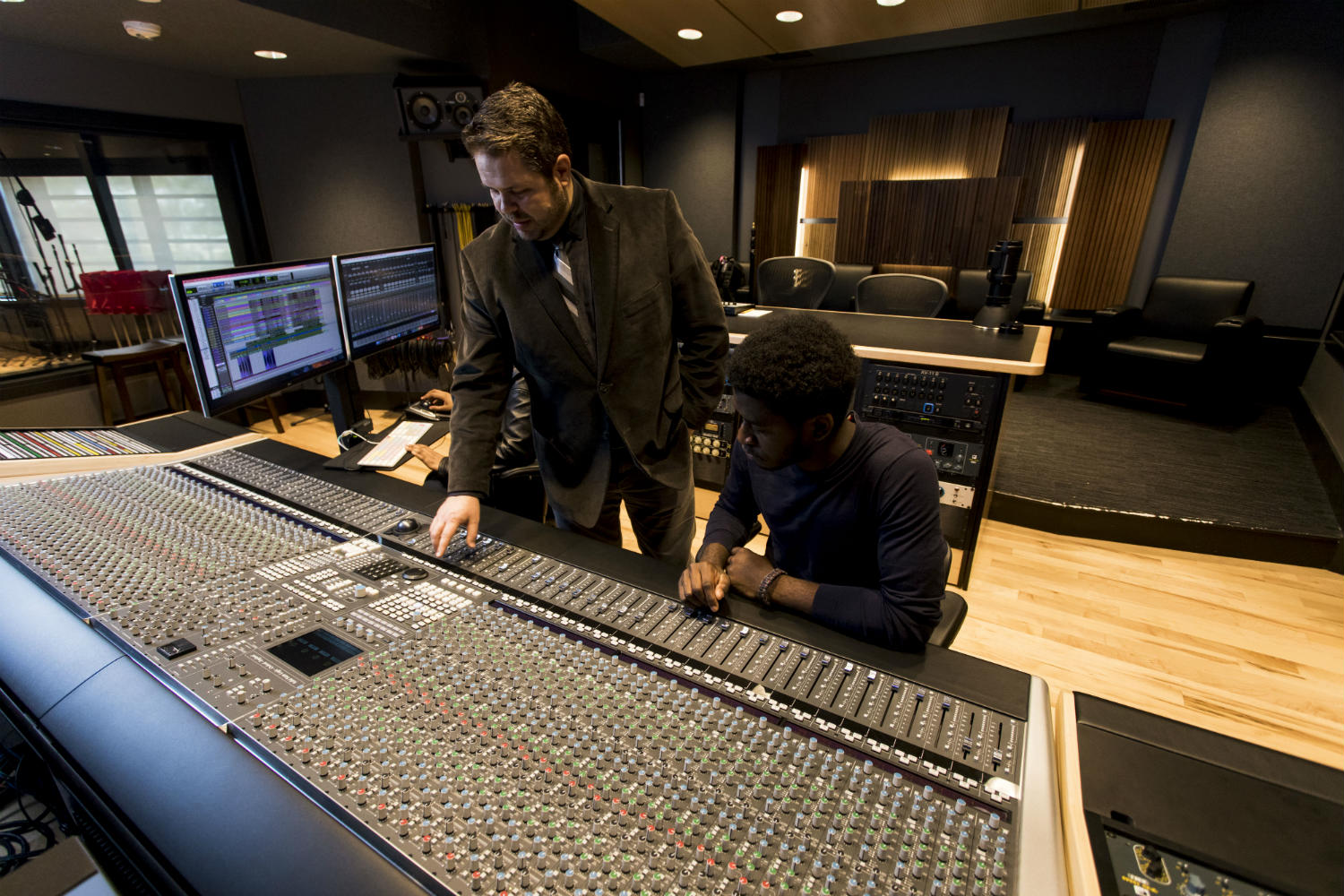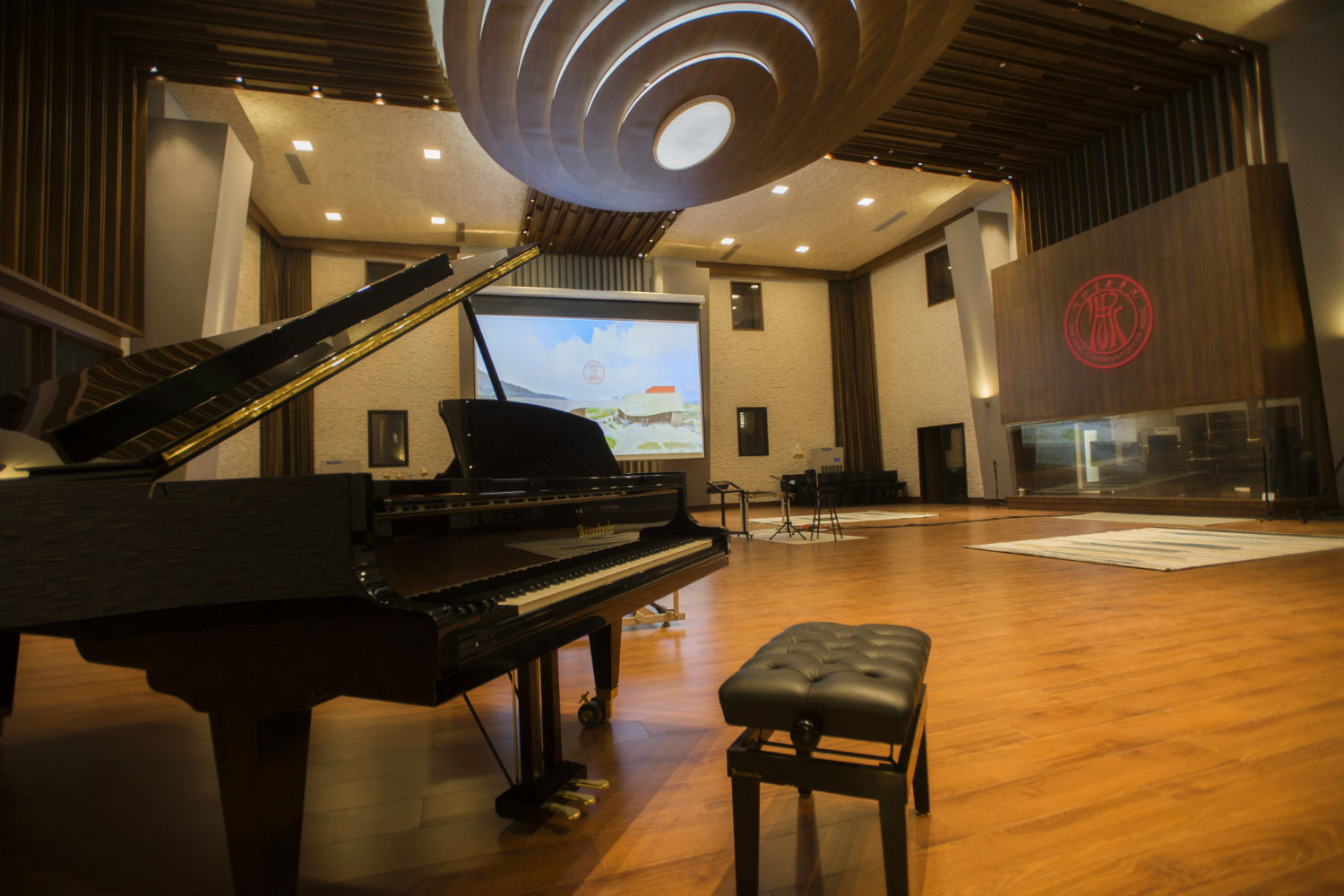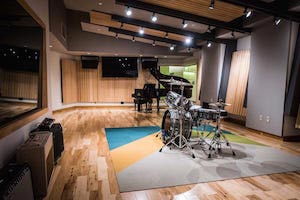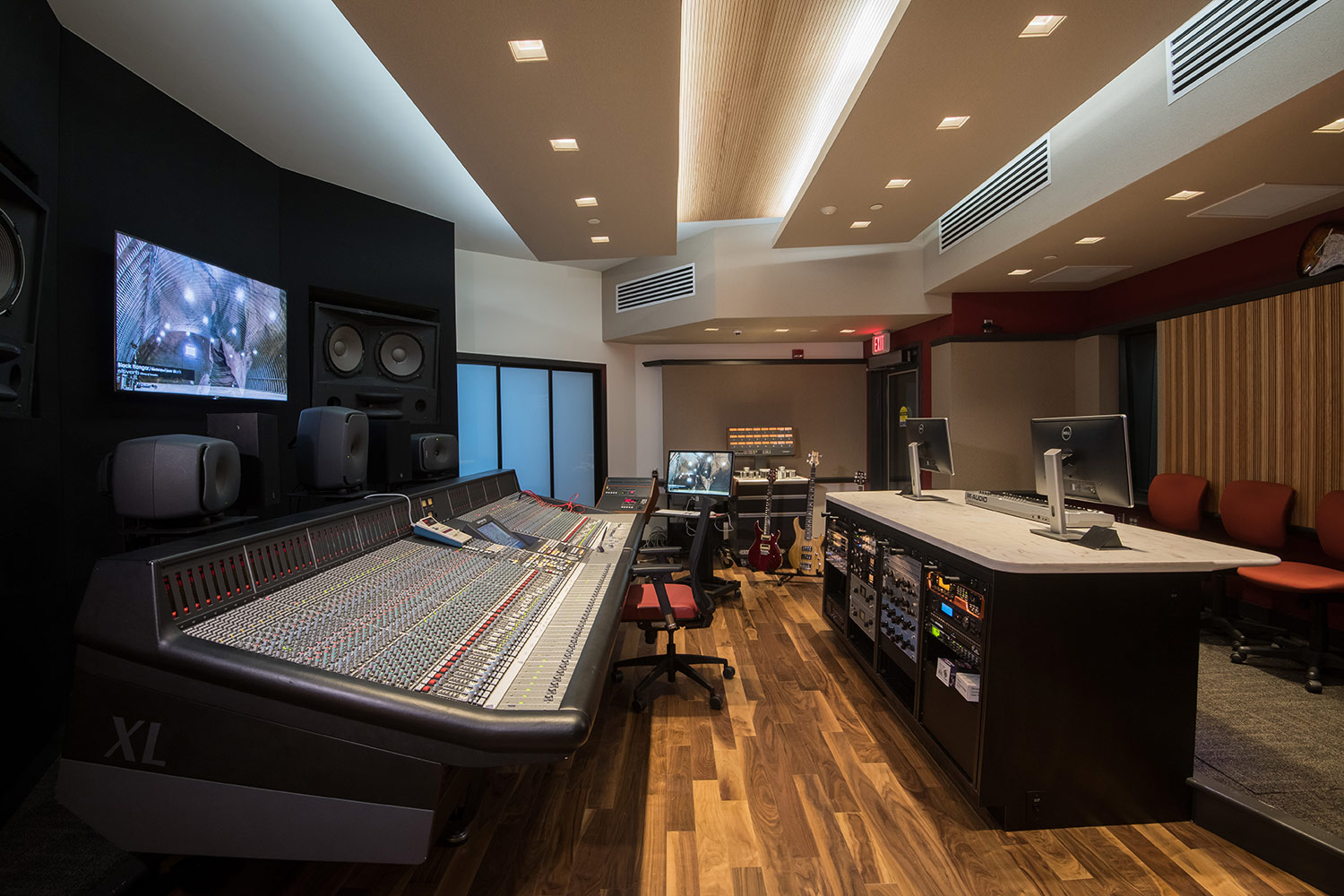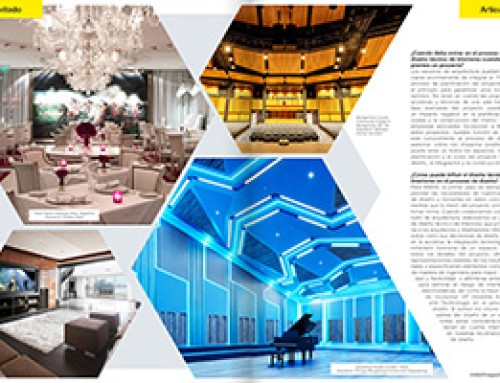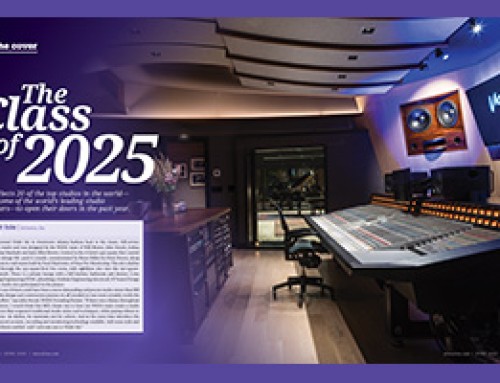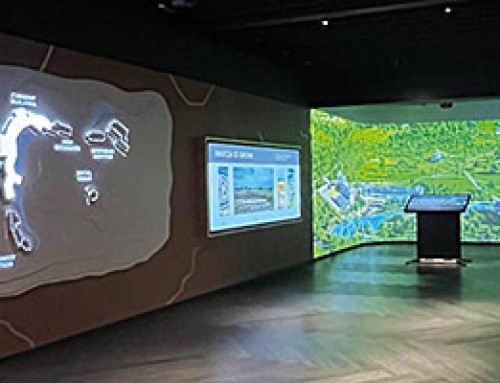How are higher ed institutions doing in recognizing the importance of acoustics and noise control in new and existing learning spaces? What’s one thing you wish campus administrators understood better about acoustics?
“My core belief is that architecture and acoustics could (and should) be thought of at the same moment—and very early in a project. We have powerful materialization prediction tools, and architects should allow acousticians to use them at the initial design phase. By previsualizing spaces, we can eliminate acoustic sound ‘leakage’ problems and greatly improve speech clarity before construction.”
—John Storyk, founding partner, WSDG (Walters-Storyk Design Group)
“Higher ed instruction increasingly focuses on interaction and participation. Room design has responded. The 100-seat, technologically enabled seminar room is a new norm. Savvy institutions recognize that good acoustics and low noise support their evolving pedagogy.”
—Jonah Sacks, principal consultant, Acentech
“With learning spaces evolving and collaborative spaces becoming increasingly popular, institutions are more and more concerned with acoustics and noise control. However, it is important to realize that treatments for room acoustics inside a learning space typically do not solve noise control problems with mechanical systems or between adjacent rooms.”
—John M. Hodgson, technical operations manager, Avant Acoustics
“I think campus administrators understand the importance of proper classroom acoustics, but they don’t have a good handle on what that means in practice. A comprehensive acoustic design requires attention to acoustic finishes, sound isolation and building-system noise control. All three elements must be addressed or you will not achieve speech intelligibility. Hanging acoustic panels on the walls is simply not enough.”
—Greg Coudriet, principal consultant in the acoustics department, The Sextant Group, Inc.


